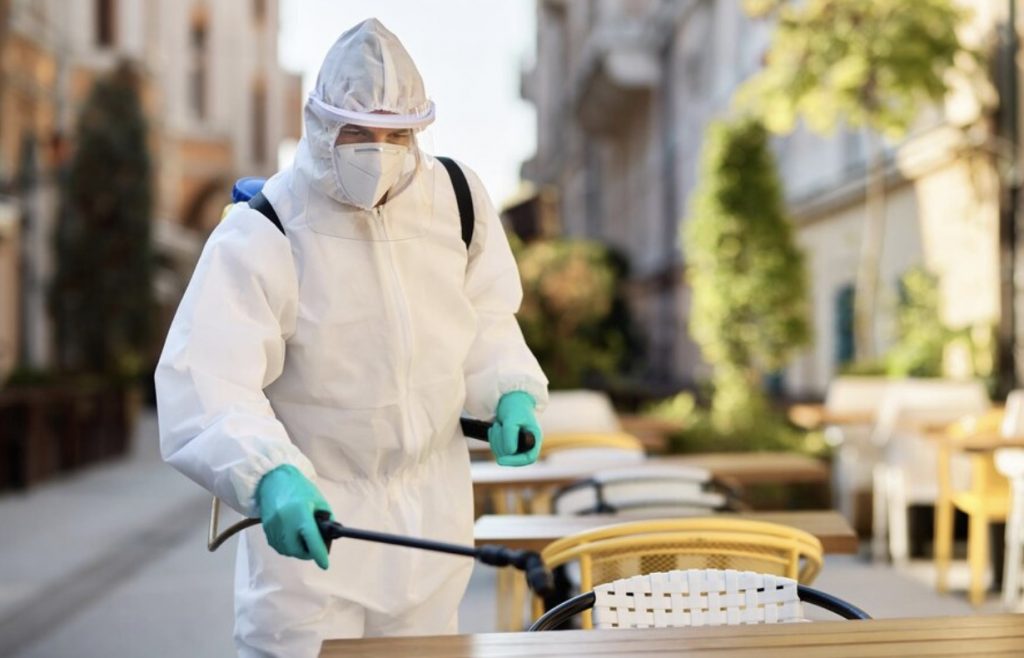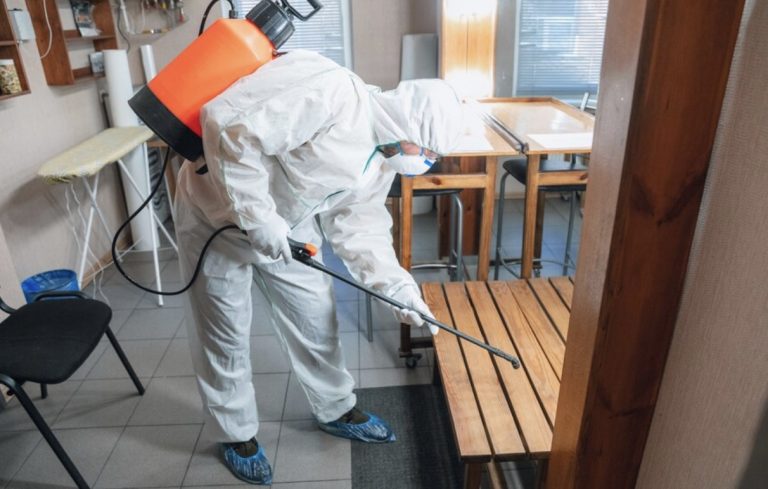Running a restaurant involves numerous responsibilities, but one critical aspect that you can’t afford to overlook is pest management. A single sighting of a roach or rodent can tarnish your reputation and potentially shut down your business. Effective pest control isn’t just about keeping your space clean; it’s about safeguarding the health and well-being of your customers and staff. In this comprehensive guide, we’ll walk you through everything you need to know about managing pests in your restaurant, from identifying common invaders to implementing robust prevention strategies.
Common Pests in Restaurants
Restaurants are highly attractive environments for pests. The most common culprits include rodents, cockroaches, flies, and ants. Each of these pests brings its own set of challenges and risks to your business.
Rodents
Rodents such as rats and mice are notorious for contaminating food supplies and spreading diseases. Their gnawing habits can also damage electrical wiring, posing fire hazards.
Cockroaches
Cockroaches are often found in kitchens and storage areas where food is plentiful. These pests are a health risk due to their ability to spread bacteria. Additionally, they are notoriously hard to eradicate.
Flies
Flies are more than just a nuisance; they can carry harmful pathogens that contaminate both food and surfaces. They are often attracted to unsanitary conditions and exposed food.
Ants
While ants may seem harmless, an infestation can become overwhelming. They are particularly attracted to sweet and greasy foods, making restaurants an ideal target.
Signs of Infestation
Early detection of pests can save your restaurant from severe infestations and costly shutdowns. Here are some telltale signs to watch out for:
Droppings
Pest droppings are a clear indicator of an infestation. Rodent droppings are small and pellet-shaped, while cockroach droppings resemble ground black pepper.
Unusual Odors
Pests often emit a distinct odor. Rodents may produce a musky smell, while cockroaches are known for their oily, musty scent.
Physical Damage
Chewed wires, gnawed furniture, and holes in walls are signs of a rodent problem. Similarly, grease marks and smears indicate the presence of cockroaches.
Pest Control Strategies
Sometimes, professional intervention is necessary. Implementing an Integrated Pest Management (IPM) approach can be highly effective.
Integrated Pest Management (IPM)
Integrated Pest Management (IPM) is a comprehensive strategy for pest control that is particularly effective in restaurant settings. By combining multiple approaches, such as regular monitoring, effective sanitation, and strategic use of pesticides, IPM focuses on the long-term prevention of pests while minimizing risks to human health and the environment. When implementing pest control for restaurants, it’s important to have a clear understanding of the specific pests that threaten your establishment, as well as their behavior and lifecycle. This informed approach not only addresses current infestations but also works to safeguard your restaurant against future outbreaks, giving you greater peace of mind while you focus on providing an exceptional dining experience for your customers.
Eco-Friendly Products
Opt for eco-friendly pest control products that are safe for both your customers and the environment. These products are often just as effective as traditional pesticides but come with fewer risks.
Prevention Tips
Prevention is always better than cure. By taking proactive measures, you can keep pests at bay and maintain a clean, healthy environment.
Sanitation
Regular cleaning schedules are essential. Make sure to clean up spills immediately, store food in sealed containers, and ensure that garbage bins are tightly closed.
Maintenance
Regular maintenance checks can help identify potential entry points for pests. Seal cracks and crevices, repair leaking pipes, and ensure that doors and windows are properly fitted.
Exclusion Methods
Installing door sweeps, air curtains, and screens can be effective in keeping pests out. Make sure that all entry points, including vents and drains, are adequately covered.
Legal and Health Guidelines
Adhering to legal requirements and health codes is crucial for maintaining your restaurant’s reputation and avoiding fines.
Health Codes
Familiarize yourself with local health codes regarding pest control. Regular inspections and maintaining a pest-free environment are often mandatory.
Legal Requirements
Ensure that your pest control measures comply with federal, state, and local regulations. Keep records of all pest control activities for inspection purposes.

Effective pest management is not just about complying with health codes; it’s about ensuring the safety and satisfaction of your customers. By understanding common pests, recognizing signs of infestation, and implementing robust prevention and control strategies, you can safeguard your restaurant against unwanted invaders. For expert advice tailored to your specific needs, consider consulting with a professional pest management service. Stay proactive, stay vigilant, and keep your restaurant a safe haven for all who dine there.


0 Comments